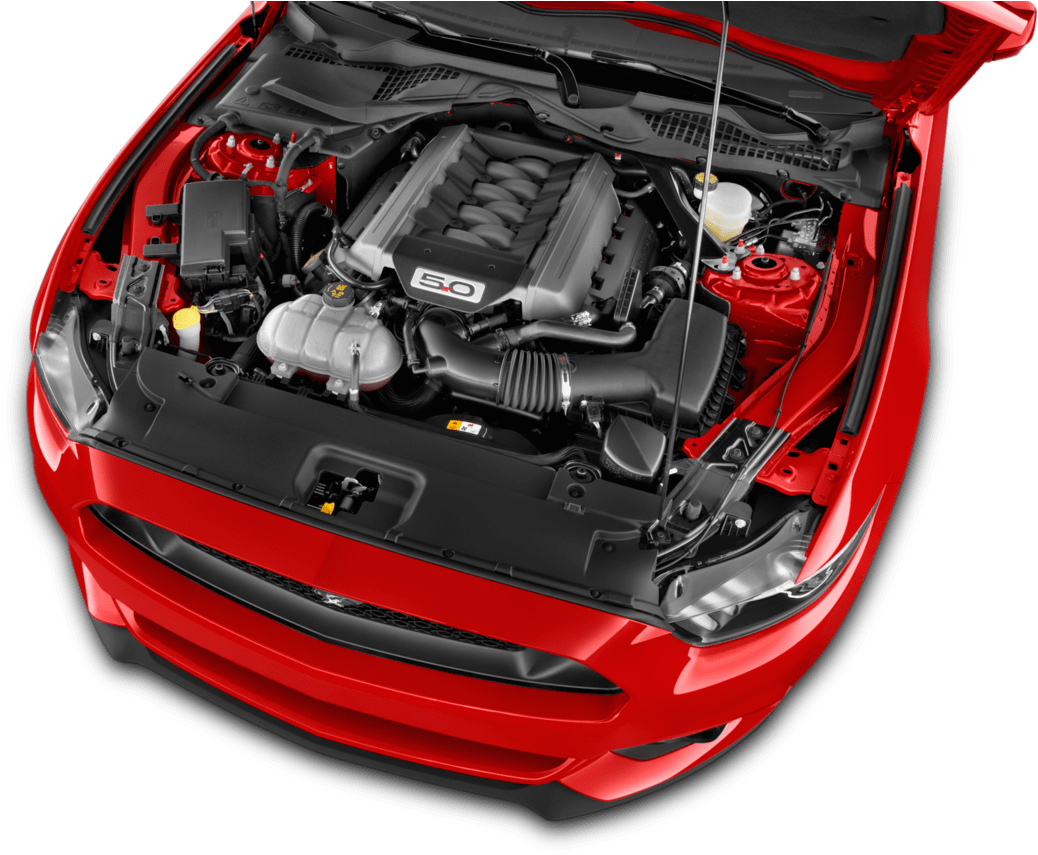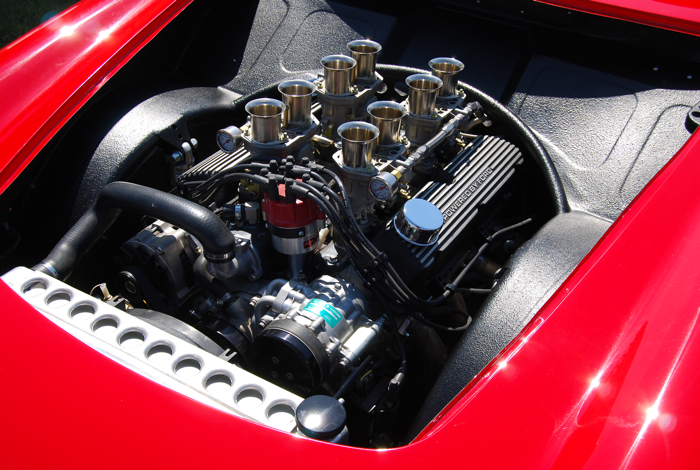Discovering the Inner Operation of a Compact Automobile's Engine System
As motorists, we frequently take for given the elaborate processes that happen within the boundaries of our car's engine system. The compact yet intricate equipment that drives us forward is a marvel of design precision and control. From the regulated explosions in the combustion chamber to the meticulous timing of gas injection, every element plays a crucial role in the smooth operation of the engine. In this expedition of a small vehicle's engine system, we will certainly unravel the internal operations of this mechanical symphony, clarifying the mysteries that drive us onward on our everyday journeys.
Burning Process Summary
The burning procedure in a small lorry's engine system is an important device that successfully converts gas right into energy to power the vehicle. This procedure occurs within the combustion chamber of the engine, where gas and air mix, ignite, and create controlled surges. The combustion process contains four main stages: consumption, exhaust, power, and compression.
Throughout the intake stage, the piston moves downward, drawing in a combination of air and fuel right into the combustion chamber. The following stage, compression, entails the piston moving upwards, compressing the air-fuel combination to boost its potency. Ultimately, in the power stage, the stimulate plug fires up the pressed mixture, causing a rapid development of gases that forces the piston pull back. This downward motion creates the power needed to drive the car. Lastly, in the exhaust stage, the burned gases are expelled from the burning chamber through the exhaust shutoff, preparing the chamber for the next cycle. This cyclic burning procedure is essential to the procedure of a compact car's engine system, ensuring effective power conversion for propulsion.
Piston and Cyndrical Tube Communication

The piston's exact fit within the cyndrical tube is crucial for keeping optimal compression and avoiding energy loss during combustion. Tight clearances in between the piston and cyndrical tube wall surfaces make certain reliable securing, enabling the piston to move efficiently without enabling gases to leak past. Proper lubrication is also vital to decrease friction and wear in between these parts, boosting durability and performance.
Additionally, the design and materials made use of in making the piston and cyndrical tube effect engine effectiveness and toughness. Modern engines commonly utilize lightweight yet sturdy products like light weight aluminum alloys for pistons and cylinder liners to lower inertia and improve thermal efficiency. Overall, the unified communication between the piston and cyndrical tube is essential to the engine's performance and overall efficiency.
Fuel Shot System Performance
Fuel injection systems in compact lorry engines play a critical duty in precisely supplying fuel to the burning chamber for regulated and effective ignition. The gas shot system functions by infusing fuel right into the burning chamber at the ideal minute during the engine's procedure (opel corsa engine). This accurate timing makes certain that the fuel blends uniformly with the air for correct combustion, bring about enhanced find out here now fuel performance and decreased exhausts
There are mainly 2 types of gas shot systems utilized in portable car engines: port gas injection (PFI) and direct gas injection (DFI) PFI systems infuse gas into the intake port prior to the consumption shutoff, while DFI systems inject gas directly right into the combustion chamber. Both systems have their benefits, with DFI supplying far better fuel atomization and PFI providing a much more affordable remedy.
Comprehending Engine Air Conditioning Devices
Effective operation of a compact lorry's engine counts greatly on the efficiency of its cooling mechanisms. The air conditioning system in a small car usually consists of numerous elements working with each other to control the engine temperature. Recognizing these engine air conditioning mechanisms is vital for keeping have a peek at these guys the performance and durability of a small car's engine system.

Exhaust System Parts Explained
The optimal performance of a small car's engine cooling mechanisms relies on a complementary system referred to as the exhaust system, which consists of different important parts for making sure efficient exhausts and engine performance. The exhaust system includes elements such as the exhaust manifold, catalytic converter, muffler, and tailpipe. The exhaust manifold collects exhaust gases from the engine's courses and cylinders them to the catalytic converter. The catalytic converter after that converts harmful contaminants in the exhaust into much less harmful exhausts before launching them through the muffler and tailpipe.
One critical part of the exhaust system is the oxygen sensor, which keeps an eye on the oxygen levels in the exhaust gases to assist regulate fuel usage and make sure optimal engine efficiency. opel corsa engine. Additionally, the resonator may exist in some exhaust systems to reduce noise degrees. On the whole, the exhaust system plays an essential function in preserving engine performance, reducing damaging emissions, and guaranteeing a quieter driving experience for portable lorry proprietors

Conclusion
To conclude, the compact car's engine system is a complex combination of components that interact to assist in the burning procedure, convert gas into energy, and get rid of waste gases. Understanding the inner workings of the engine system, consisting of the piston and cylinder communication, gas injection system, engine cooling systems, and exhaust system parts, my company is essential for preserving optimum efficiency and efficiency of the car.
The combustion process in a small automobile's engine system is a critical mechanism that efficiently converts fuel into energy to power the car.Fuel injection systems in compact vehicle engines play a crucial role in precisely delivering fuel to the combustion chamber for efficient and regulated ignition.There are mostly 2 types of fuel injection systems used in compact car engines: port fuel shot (PFI) and straight fuel injection (DFI) Understanding these engine cooling mechanisms is important for maintaining the efficiency and long life of a portable lorry's engine system.
The ideal functioning of a compact lorry's engine air conditioning systems depends on a complementary system known as the exhaust system, which makes up numerous crucial parts for making sure effective emissions and engine performance.